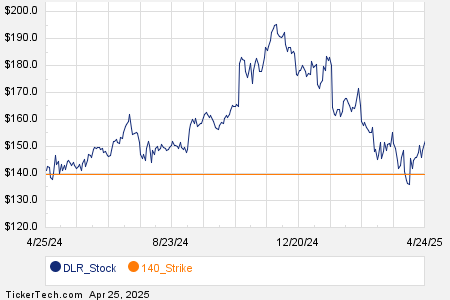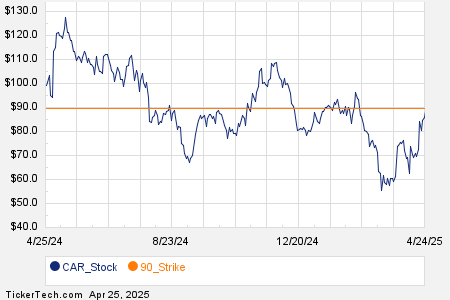
I am circling back to my last evaluation of FingerMotion, Inc. (NASDAQ:FNGR) in view of the Da Ge announcement and the warming of US/China relations.
During my prior assessment, I advised selling FingerMotion due to the following considerations:
- China’s crackdown on foreign companies, such as Bain & Co and Mintz, posed significant political risk.
- FingerMotion exhibited no clear path to profitability as costs outpaced revenue growth, leading to a deteriorating balance sheet.
- The stock appeared overvalued by every traditional measure.
Since my last evaluation, FingerMotion has sunk by 42%, while the S&P 500 has surged by over 5%.
On top of the reduced price rendering valuation more enticing, FingerMotion’s risk profile is beginning to soften. As political risk recedes with the thawing US-China relations, the company has markedly enhanced profitability throughout 2023, and its new ventures hold the potential for high-margin and high-cash flow. Considering the above and establishing a price target range of $2.60 to $5.90, I am elevating my rating from “sell” to “hold.”
Geopolitical Tensions Show Signs of Easing
As a reminder, FingerMotion is incorporated in Delaware, yet it operates entirely in China (PRC) and Hong Kong.
Last summer, US-China tensions continued to escalate, with China even passing an espionage law targeting foreign companies.
Fortunately, this risk appears to be gradually diminishing following a November meeting between the two nations. Economists have observed a significant drop in foreign investment in China, coupled with a decelerating economy, leading them to believe that China needs to mend relations and attract more investment. The Blackrock Geopolitical risk dashboard illustrates the spike in the summer followed by the ongoing decline in November.
Significant Profitability Enhancements
Although FingerMotion remains pre-profit, it has previously strained the balance sheet. During my prior analysis, costs seemed uncontrolled, with operating expenses even surpassing gross profit, and no evident route to profitability.
In the last two quarters, however, profitability has significantly improved across nearly every line on the income statement. In Q2, the company nearly broke even. The cost of goods sold as a percent of revenue improved by 5ppt year-over-year, from 93% to 88%. General and administrative expenses as a percent of revenue improved by 8ppt, from 26% to 18%. Additionally, marketing, research and development, interest, and stock compensation all decreased substantially year-over-year. While more work remains, this represents significant progress in the momentum of profitability growth and cost management across all historical financials.
Potential Cash Cows in New Ventures
FingerMotion’s new businesses, including a recent announcement, have the potential to be high-margin cash cows that can expedite profitability.
On January 10th, FingerMotion unveiled a new consumer app called Da Ge, connecting car owners with service providers for car washing, detailing, and maintenance. FingerMotion currently operates at an 88% cost of revenue, compared to other app-based businesses that do not directly deliver a product, as reported by Seeking Alpha data for the most recent fiscal year. This includes Uber at 69% cost of revenue, Airbnb at 18%, and Lyft at 70%. Results from this app are expected to begin impacting the financials in Q4 2024.
Prior to this announcement, FingerMotion was securing multiple deals for its big data platform “Sapientus.” This is a B2B product with a higher margin that utilizes data from the core consumer business to support insurance, healthcare, government, and financial services. As of Q2, big data revenue had more than tripled versus the prior year, with the growth opportunity being significant. The gross margins for big data businesses as reported by Seeking Alpha data for the most recent fiscal year include Salesforce at 27% and Snowflake at 35%. Success in any of these ventures would lead to a substantial improvement in net income and cash flow.
Current Price Falls Within Target Range
Prior to this, I was unable to conduct a DCF analysis as there was no apparent route to profitability. Now, with favorable trends, I ran two scenarios resulting in a price target range of $2.60 to $5.90.
Under the base case scenario, it was assumed that revenue and cost trends from 2023 to 2024 continue in the near term, with a 15% discount rate due to a lack of profitability and corporate structure, and a conservative 10% long-run growth rate. This analysis generated the low end of the range at $2.60, reflecting a 16% downside from today’s pricing.
FingerMotion’s Financial Analysis and Stock Recommendation: A Balancing Act
FingerMotion, a tech company with a history of volatility, finds itself at a crossroads. Recent financial performance improvements, coupled with evolving US-China relations, have altered the risk landscape for the firm. However, amidst the potential for new business ventures and enhanced profitability, concerns linger due to the company’s past unprofitability and the unpredictable geopolitical environment.
Financial Analysis: Two Scenarios
First, based on a Discounted Cash Flow (DCF) model, an initially bullish evaluation predicted an optimistic price range of up to $5.90. This growth case rested on an assumption of doubled revenue growth in the near term, cost efficiencies, and a conservative long-run growth rate alongside an elevated risk premium driven by corporate structure and lack of profitability.
Conversely, the downside case derived from the same analysis suggested a significantly lower valuation, indicating substantial risks and leading to a cautious recommendation for holding the stock at present.
Wall Street & Quant Metrics
Supported by Wall Street analysts, the upside case gained legitimacy with strong buy ratings and an average price target that provided a 61% upside potential as compared to the current price. However, the quant rating and inherent valuation multiples lent greater weight to the downside case, resulting in an alarming sell rating.
Final Verdict
Amidst these divergent perspectives, the current stock price, which hovers in the low $3s, aligns with the forecasted DCF price target range of $2.60-$5.90. This equilibrium suggests a fair valuation, prompting the recommendation to maintain a hold on the stock. As FingerMotion continues its journey towards profitability, embarks on new business endeavors, and navigates the tumultuous geopolitical environment, a prudent, cautious approach is warranted to balance potential upside with lingering risks.



